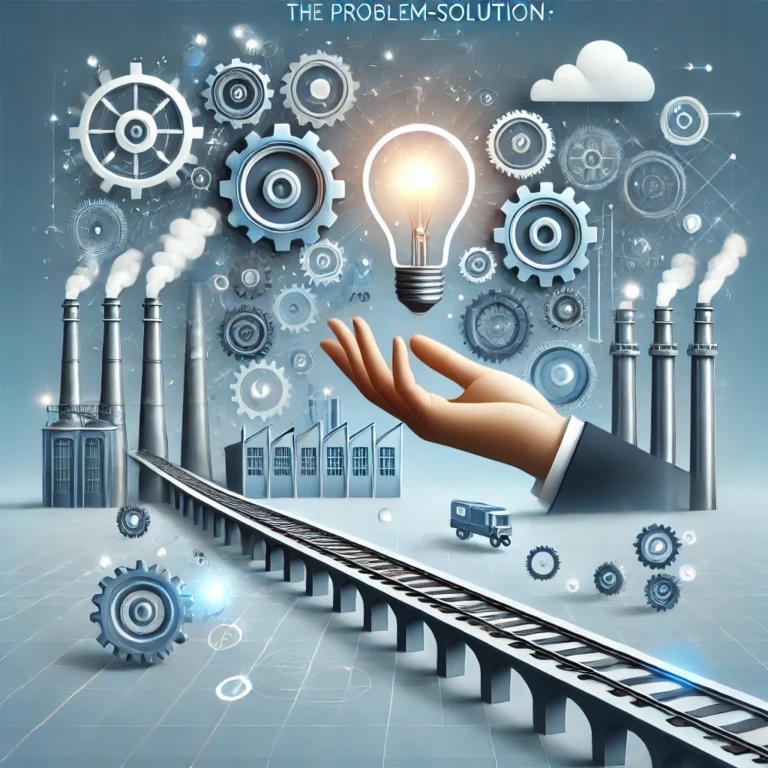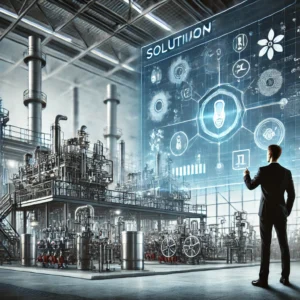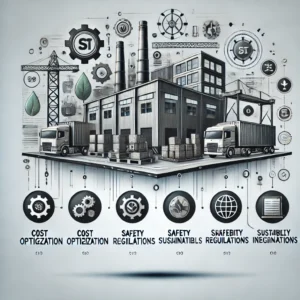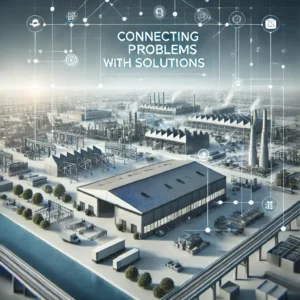In industrial and business management, there is a key figure that, although often overlooked, plays a fundamental role in ensuring the smooth operation of any facility: the facility manager. Their responsibilities span from operational efficiency to safety, guaranteeing that everything runs seamlessly and meets the highest quality standards.
What does a facility manager do?
The facility manager is responsible for keeping a company’s infrastructure in optimal condition for daily operations. Their tasks include:
- Maintenance and asset management: Overseeing equipment, infrastructure, and essential systems to ensure reliability.
- Space and resource optimization: Planning efficient use of space, energy, and operational flows.
- Safety and regulatory compliance: Ensuring adherence to workplace safety, health, and environmental regulations.
- Supplier and service provider management: Coordinating maintenance, cleaning, climate control, and other essential services.
A growing profession across Europe
While the term “facility manager” is well established in English-speaking markets, its relevance has grown significantly across Europe. Depending on the industry and organization, this role may also be known as maintenance manager, operations director, or infrastructure manager. Regardless of the title, the mission remains the same: optimizing resources and ensuring efficient facility operations.
A crucial yet often unrecognized role
Facility managers are often the unsung heroes of the industry. Without their expertise, even minor facility issues could escalate into costly disruptions and operational downtime.
At IndusGrid, we recognize the importance of their work. Our goal is to support them by providing access to reliable solutions and trusted providers, helping them make informed decisions with ease.
Key challenges faced by facility managers
The role of a facility manager is both diverse and demanding. Every day, they navigate multiple challenges that require adaptability, strategic thinking, and problem-solving skills. From managing unforeseen issues to balancing cost efficiency and safety, their role is critical in maintaining industrial and logistics infrastructures.
1. Balancing cost reduction with operational quality
One of the biggest challenges is optimizing costs without compromising operational efficiency. Many companies aim to reduce expenses, but this must not come at the expense of safety, maintenance, or employee well-being.
2. Predictive maintenance and asset longevity
Unexpected equipment failures can lead to downtime and financial losses. Predictive maintenance, supported by data analysis and smart sensors, is becoming a key tool in preventing such issues.
3. Regulatory compliance and safety
Workplace safety and environmental regulations are continuously evolving. Any oversight in compliance can lead to serious legal and financial consequences.
4. Sustainability and energy efficiency
Facility managers are increasingly required to implement sustainable practices, such as energy-efficient lighting and renewable energy sources, balancing environmental impact with financial feasibility.
5. Supplier management and service outsourcing
Finding reliable suppliers and managing outsourced services is an ongoing challenge. The focus isn’t just on cost but also on quality assurance and compliance.
6. Digitalization and automation
The industrial sector is evolving rapidly, with digitalization playing a key role. Facility managers must keep up with new technologies, such as:
- Building Management Systems (BMS) for real-time monitoring
- IoT-enabled smart sensors for predictive maintenance
- Centralized control platforms for facility operations
A role that is becoming increasingly strategic
Facility managers are no longer just responsible for keeping the lights on—they are becoming strategic players in industrial efficiency and innovation. At IndusGrid, we understand their evolving role and strive to provide solutions that make their work easier.
The problem-solution approach: The key to innovation
In every industry, challenges can be seen as barriers—or as opportunities for growth and transformation.
What is the problem-solution approach?
This concept is based on a simple principle: for every problem, there is a solution waiting to be implemented. Businesses and professionals who identify real pain points in the market and develop effective solutions have the potential to drive significant industry advancements.
Examples of the problem-solution approach in industry
- Conveyor belts in factories: The need to increase production efficiency led to the development of automated assembly lines.
- Industrial air purifiers: Addressing air contamination issues in sensitive environments such as food processing and pharmaceuticals.
- Warehouse automation: The push for space optimization has led to the rise of robotics and AI-driven logistics solutions.
How IndusGrid applies this approach
At IndusGrid, we follow this approach every day. We specialize in identifying the challenges faced by facility managers and connecting them with the right solutions.
Our goal is simple: to transform problems into real, practical solutions that improve industrial efficiency.



